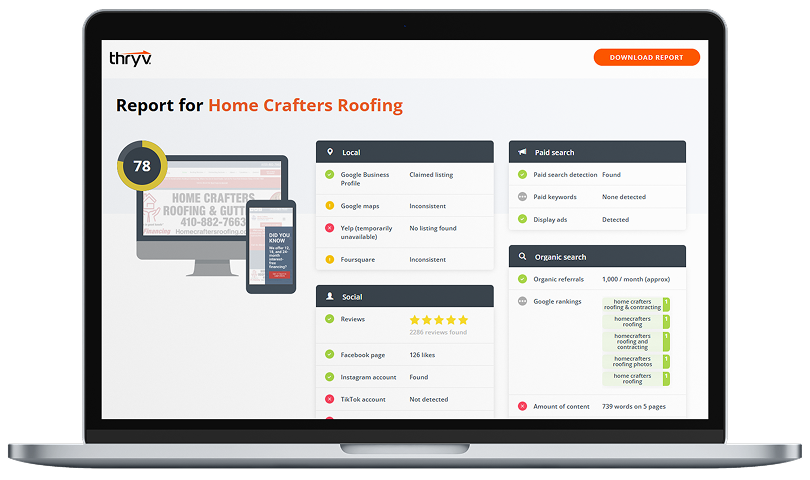
What do professional wrestlers and online marketers have in common? In a word, kayfabe.
In case you’re not up on your WWE/WCW lingo, “kayfabe” is basically the fourth wall for professional wrestlers. You know all those dramatic feuds, crazy rivalries, and insane gimmicks that make professional wrestling so awesome? No? Well, bear with me because I promise there’s a point to this.
At one time, the fact that professional wrestling was staged and scripted was a closely guarded secret. The wrestlers stayed in character any time they were in public, and were prohibited from sharing industry secrets with outsiders. Those who broke character and shattered the illusion were said to be “breaking kayfabe.”
These days, the theatrical nature of professional wrestling is something of an open secret. But for the sake of entertainment, the fans are willing to suspend their disbelief and simply accept Hulk Hogan’s atomic leg drop, John Cena’s five knuckle shuffle, and Santino Marella’s deadly cobra hand puppet.
So what does this have to do with digital marketing? I’m glad you asked.
Personalized marketing doesn’t happen by magic. In order to provide your customers with information, deals, and special offers that are specially tailored to their needs, you need to collect data. And to collect this data, you need to track and profile your customers.
People love the personalization that comes with online advertising, but nobody enjoys the feeling of being tracked. So to deal with it in polite society (YouTube comments notwithstanding), most folks simply try not to think about it too hard. The key to successful online marketing is to meet your customers halfway without breaking the kayfabe of internet anonymity.
Here are a few tips to help you do just that.
Think Shoulda, Not Coulda
Tokens are a great tool for personalizing your marketing emails. Instead of addressing your customers as “Dear Valued Customer” or “Dear Sir or Madam,” these convenient placeholders will pull info from your database and let you actually address folks by name.
The thing is, there is usually a lot of information available in these customer databases. And in their zeal to use it all, some marketers will attempt to cram as much of it as they can into their emails.
Just because you *can* include it in your email doesn’t mean you *should* include it in your email. A little personalization is great, but going overboard with the tokens can really up the creepiness factor.
Good:
Dear Mr. Johnson –
As a valued customer of 11 years, we thought you might be interested in this offer.
Creepy:
Dear William H. Johnson –
As a valued customer from Schenectady, New York, who has visited our website 83 times and made 14 purchases since Wednesday, March 12, 2003, we thought you and your family of 5 would be interested in this offer.
Watch Your Wording
In addition to deciding which data to include or exclude, you should also be very careful how you present the information. For example, if you want to suggest some products or services based on the pages a customer has viewed, you can do so in a way that won’t result in a restraining order. The idea is to let your customers know that you’re making helpful suggestions, not to showcase the fact that you’ve been watching them and can anticipate their next move.
Good:
Customers who viewed this item also viewed: Product X
Creepy:
Since you recently viewed Product A, Product B, and Product C, we thought you might want to view: Product X
Don’t Go Real-Time Crazy
You can set real-time alerts to let you know the moment a potential customer visits a certain page, downloads a certain piece of collateral, or clicks a button to schedule a call from your sales rep. This is a powerful tool, and it can be tempting to jump on the leads as soon as you get a nibble. However, calling or emailing a potential customer the second they perform an action can come off as a bit creepy. At best, they’ll think you’re overeager. At worst, they’ll feel like you’re spying on them.
Another thing to consider is that customers probably aren’t ready to make a decision or discuss their options the second they land on your website or download your catalog. You need to give them time to study the information you’ve provided before you reach out to them.
Use Common Sense
When in doubt, just put yourself in your customers’ place. Try to imagine that you’re on the receiving end of the intended call or email and ask yourself, “Does this feel invasive? Overly familiar? Or just plain creepy?”
With today’s automated marketing and tracking tools, it’s possible to engage your customers on a truly personal level. And with a little bit of discretion, empathy, and common sense, you can do so without breaking kayfabe.
———-
From time to time we republish some of our popular posts that are still relevant. This blog post originally appeared on May 27, 2014 under the title “The Golden Rule of Online Marketing: Don’t Be Creepy!”


